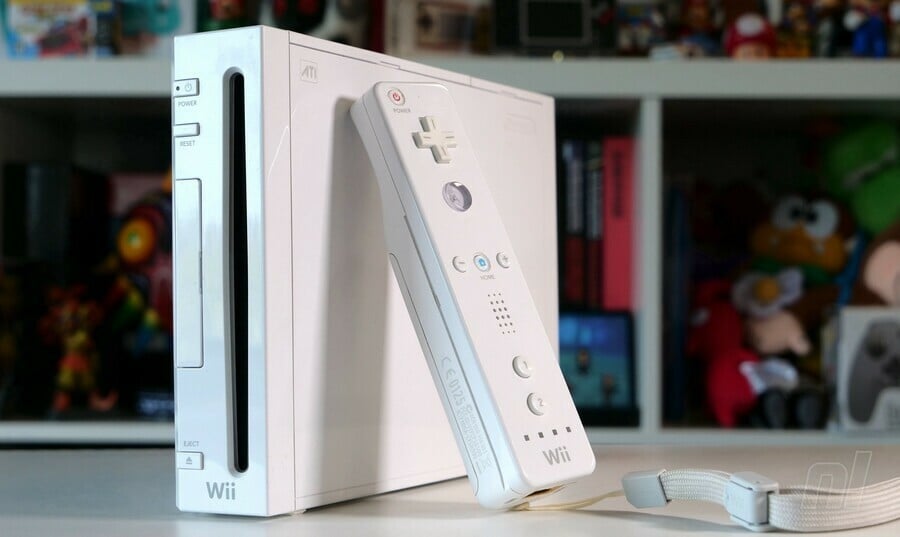Bill Gates Apparently Put “A Lot Of Pressure” On Xbox’s Team Leaders To Respond To The Wii Craze
[ad_1]

Xbox’s new six-part documentary series celebrating the 20 year history of Microsoft’s console gaming division has a lot of company secrets and industry insights and one highlight from a Nintendo perspective is a brief segment about motion gaming in Chapter 5.
In the holiday 2006, Nintendo launched its new motion-controlled Wii console and it turned the “world upside down” in the words of former Microsoft/Xbox Game Studios employee Shannon Loftis. It also caught Nintendo’s competitors by surprise.
It certainly didn’t go unnoticed at Microsoft, either – with the current head of Xbox Phil Spencer reflecting on how company co-founder Bill Gates apparently wasn’t too impressed Xbox’s leaders hadn’t picked up on this next big craze within the video game industry and put “a lot of pressure” on the team to respond.
“I remember Bill putting a lot of pressure on the Xbox leadership team, how did we miss motion gaming, what can we do to catch up?”
Xbox industrial designer Carl Ledbetter adds how Xbox felt it had to compete and advance its game strategy, but didn’t want to just roll out a Wii Remote rip-off.
The former president and CEO of Sony Computer Entertainment America Jack Tretton also shared Sony’s perspective of Nintendo’s dominance during this period – acknowledging how Nintendo played a huge role in transforming gaming at the time into mainstream entertainment.
“Nintendo came out of left field with a device that wasn’t based on technology, it was based on a simple entertainment experience of being able to play a game without being a button masher on a controller. Clearly they expanded the audience and they took gaming to mainstream entertainment.”
Fortunately for Xbox, it had already been doing some “technology exploration” – by mapping people using depth sensing, RBG cameras and more – and that’s how Kinect was born. And although it didn’t go down well with Xbox’s core audience, the company believes it was a “game-changer” – with the product going on to sell 10 million units in just the first 60 days.
Xbox would eventually move away from Kinect later on during the Xbox One generation, while Nintendo has kept motion controls alive with the Switch Joy-Con.
[ad_2]











